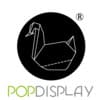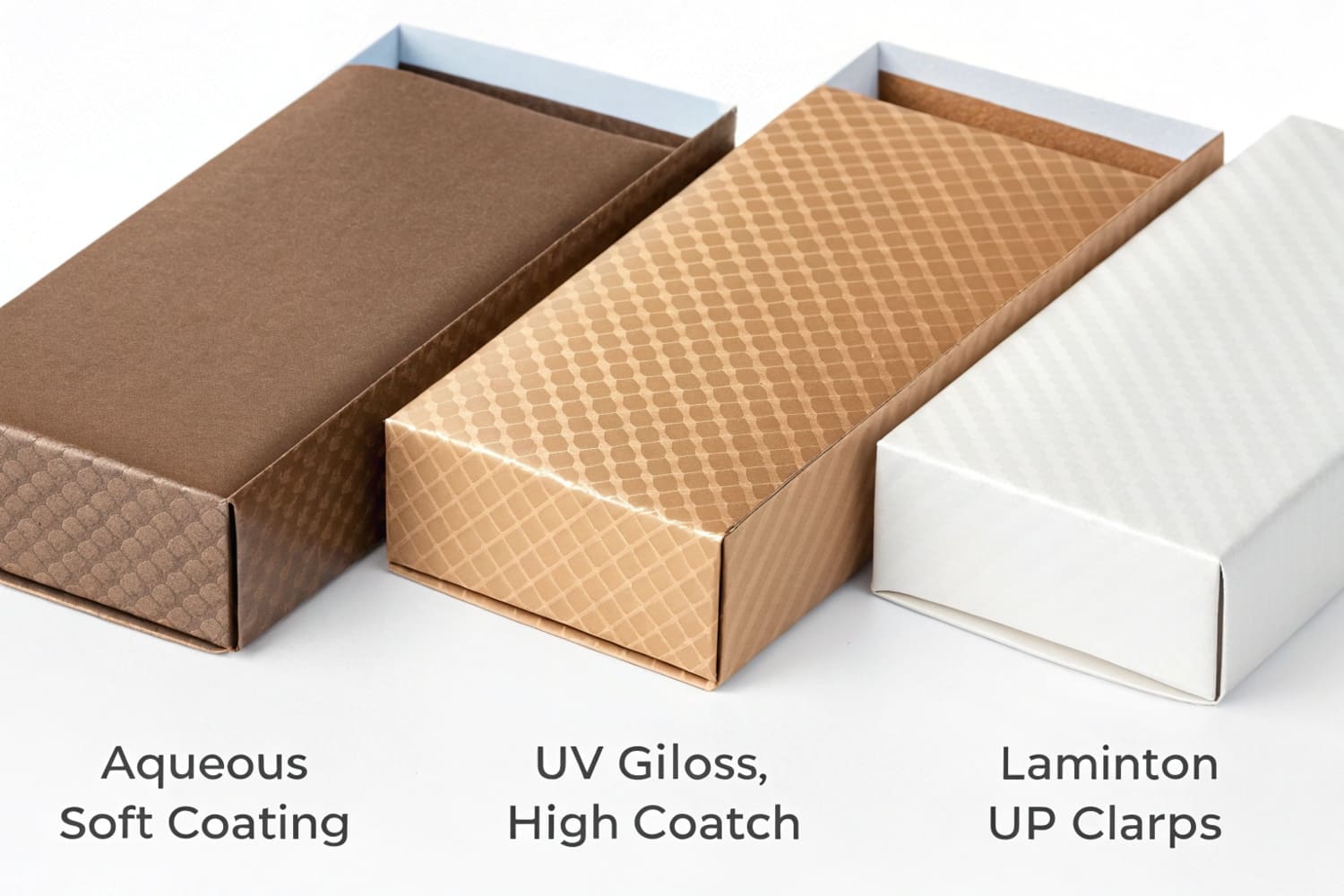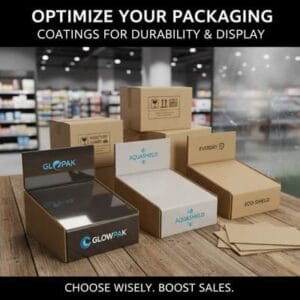I see brands fight gloss, scuffs, and lead times. I also see buyers weigh cost, look, and recycling rules. I write this so choices feel clear and quick.
For most folding cartons, I pick water-based (aqueous) coating for speed, cost, and recycling flow; UV for high-gloss and rub resistance; matte aqueous or soft-touch for premium feel; grease-resistant barriers for food; and I avoid plastic films unless durability, chill chains, or heavy scuff demand it.
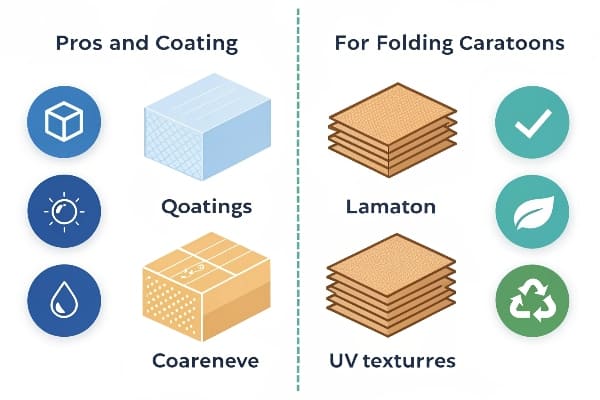
I want to save you tests, returns, and missed launches. I will show what works, why it works, and how I choose. I will keep the words simple and the steps practical.
What material is used in folding cartons?
Many buyers ask for “cardboard,” but the right call is a paperboard grade. I match the grade to print, strength, and retail rules in the target market.
Folding cartons use paperboard grades such as SBS (Solid Bleached Sulfate), FBB (Folding Box Board), and CCNB (Clay-Coated News Back); I choose by print quality, stiffness, price, and sustainability targets.
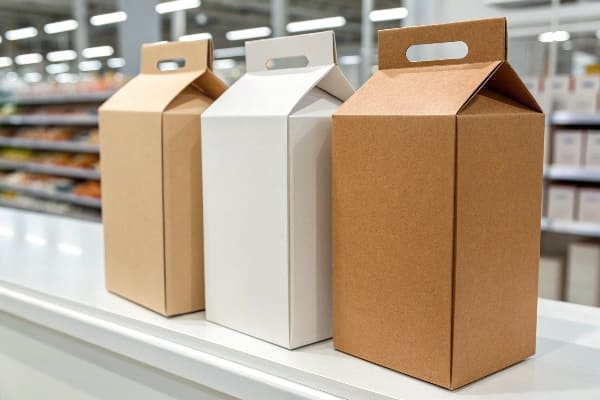
How I choose the board, with lessons from fast launches
I run a display and packaging plant in Shenzhen. I serve North America, Europe, and APAC. I work with brands that move fast, like outdoor and sporting goods. A recent crossbow accessory launch had strict dates and high scuff risk in big-box stores. I ran press trials on three grades. SBS1 gave the best white point and skin tones. FBB2 saved cost and kept stiffness at lower caliper. CCNB hit the lowest price for inner packs but needed better ink curves to control gray balance. I balanced these with pallet crush needs, because transit to the US was long. I also checked chain-of-custody paperwork, because some buyers require it. I like to test crease performance on the actual die-line, since crack-through ruins matte coats. When the buyer needs premium look and tight color, I default to SBS. When the buyer needs value and stiffness, I use FBB. When the buyer needs inner boxes only, I consider CCNB. I keep it simple, test once, decide fast.
| Board Grade | Typical Caliper (pt) | Best For | Pros | Trade-offs |
|---|---|---|---|---|
| SBS | 12–24 | Premium print, cosmetics | Bright white, smooth, strong print | Higher cost |
| FBB | 14–24 | Stiff cartons, value | Good stiffness/weight, good print | Slightly warmer shade |
| CCNB | 16–28 | Inner packs, budget | Lowest cost, ok graphics | Lower whiteness, fiber show |
What are packaging coatings?
A coating is a clear finish that I apply over ink. It protects the surface and changes the look. It also helps on press speed and on packing lines.
Packaging coatings are clear layers that protect ink, add gloss or matte look, improve slip, and speed production; common types include aqueous, UV, varnish, film laminate, and specialty barrier coats.
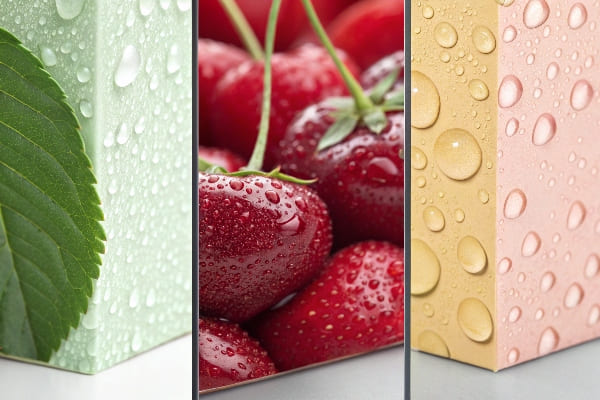
Coating goals I test before I approve a spec
I start with the job risk. Will cartons see chill, oil, or heavy hand traffic? I then set three targets: protection, look, and machinability. Protection means rub, scratch, and moisture. Look means gloss level and feel. Machinability means slip and block resistance in packout. For fast runs, I use aqueous because it dries quick and works with most retail rules. For high-gloss cosmetics or UV-sensitive graphics, I use UV topcoat. For food, I check if a grease-resistant aqueous3 is enough. If not, I add a barrier primer under the ink or a top barrier. For luxury sets, I pick matte or soft-touch. I train teams to avoid cracking at creases by setting coat weight and grain direction. I also check if the buyer needs plastic-free. If yes, I avoid film laminate and choose advanced aqueous4 or a PET-free solution. My rule is simple: define the risk, select the layer, lock the press settings, and keep a drawdown as proof.
| Coating Type | Main Purpose | Cure/Dry | Recyclability Note | Cost Level |
|---|---|---|---|---|
| Aqueous (water-based) | General protection, quick turn | Hot air/IR | Widely accepted | Low |
| UV (gloss/matte) | High gloss, strong rub | UV lamps | Often accepted; check inks | Medium |
| Conventional varnish | Budget scuff control | Oxidative | Accepted | Low |
| Barrier AQ (grease/moisture) | Food/oil/moisture | Hot air/IR | Accepted; verify grade | Medium |
| Film laminate (BOPP/PET) | Max durability, premium feel | N/A (film bond) | Harder to recycle | High |
What are the raw materials for folding cartons?
I think in simple blocks: fiber, inks, coatings, and glue. When I control these, I control print, strength, and speed.
Key inputs are paperboard fibers (virgin or recycled), water-based inks, aqueous or UV coatings, and adhesives like PVA or hot-melt; I match each to strength, print, and sustainability targets.
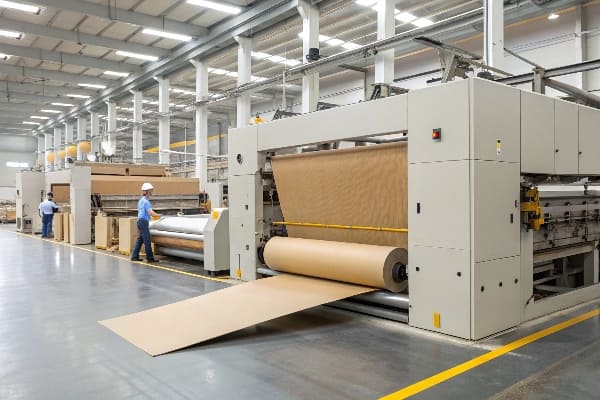
How I source and qualify inputs for speed and repeat orders
My buyers care about quality and timing. My plant runs three lines, so I must keep inputs stable. I qualify each board mill for shade, fiber content, and moisture. I ask for chain-of-custody on request. I keep ink water-based for most orders, since it reduces smell and speeds drying. I use low-VOC coatings5 to meet retail rules in the US and EU. I pick glue by packout needs and climate. Hot-melt works well for fast lines. PVA gives clean compression strength and helps with recyclability. I run transport tests because many displays and cartons ship flat over long routes. I keep a master standard so reorders match the first run. My clients in North America ask for stable color, so I lock LAB targets and profiles. My clients in Europe push for plastic-free. My clients in APAC move fast and want value. I plan to each need, so I keep repeat orders steady and reduce scrap.
| Material | Role | Typical Source | Sustainability Check | Notes |
|---|---|---|---|---|
| Paperboard fiber | Structure | SBS/FBB/CCNB mills | Chain-of-custody on request | Match caliper to crush needs |
| Water-based ink | Graphics | Local ink house | Low-VOC, migration tests for food | Fast make-ready |
| Aqueous/UV coat | Protection/look | Coating supplier | Plastic-free options available | Set coat weight by rub risk |
| Adhesive (PVA/hot-melt) | Forming | Glue vendor | Water cleanup or low-odor | Test on auto-gluer |
| Additives (starch, clay) | Surface/bulk | Board mill | Routine compliance | Impacts print and creasing |
What is the difference between laminate and aqueous coating?
This is the most common question in buyer calls. My answer is always simple and practical.
A laminate is a plastic film bonded to the sheet for maximum gloss, strength, and scuff resistance; an aqueous coating is a water-based liquid layer that dries fast, costs less, and supports easier recycling.
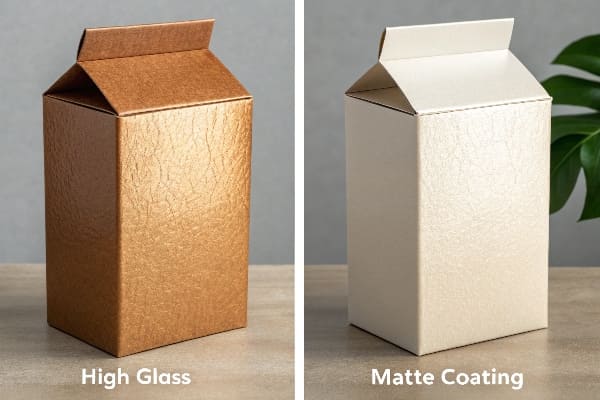
How I decide between film and liquid coats on real orders
I start with the retail path. If cartons face chillers, wet hands, or heavy edges, I consider film laminate6. It resists tearing and deep scuffs. It looks very glossy or very soft, based on the film. It also adds body to thin sheets. The trade-off is higher cost and a harder recycling path because of the film layer. If cartons run in dry aisles with normal touch, I use aqueous7. It dries fast, lowers cost, and works well on most gluing lines. It is also simpler for many recycling streams. For premium feel without film, I can specify soft-touch aqueous or a matte/satin stack. I also weigh deadlines. Aqueous speeds up press time and next-day packing. Film adds lamination time and handling. For outdoor brands, like a hunting gear client I support in the US and Canada, I split the spec: film laminate for display headers and high-touch panels, aqueous for trays and inner cartons. That mix cuts cost and keeps look consistent.
| Attribute | Aqueous Coating | Film Laminate | My Pick When… |
|---|---|---|---|
| Durability | Good | Excellent | Headers need max scuff defense → Laminate |
| Gloss/Matte range | Wide | Very wide | Luxury mirror gloss or deep soft-touch → Laminate |
| Speed | Fast dry | Extra step | Tight deadline → Aqueous |
| Cost | Lower | Higher | Budget control → Aqueous |
| Recycling | Easier | Harder | Plastic-free goal → Aqueous |
| Barrier | Limited | Better moisture | Chill chain or wet touch → Laminate |
Conclusion
Choose paperboard by print and strength, then choose coatings by risk and feel. Test once on your real die-line. Lock standards. Repeat orders will stay smooth and on time.
Explore the benefits of SBS board for premium packaging, including its print quality and durability. ↩
Learn about FBB board’s cost-effectiveness and stiffness, making it ideal for value-driven packaging solutions. ↩
Explore this link to understand how grease-resistant aqueous coatings can enhance food packaging durability and safety. ↩
Learn about advanced aqueous coatings to discover their eco-friendly benefits and versatility in various packaging solutions. ↩
Learn about low-VOC coatings, their environmental benefits, and how they comply with regulations in various markets. ↩
Explore the advantages of film laminate for packaging durability and aesthetics, crucial for high-touch products. ↩
Learn how aqueous coating enhances packaging speed and cost-effectiveness, making it ideal for various retail environments. ↩
